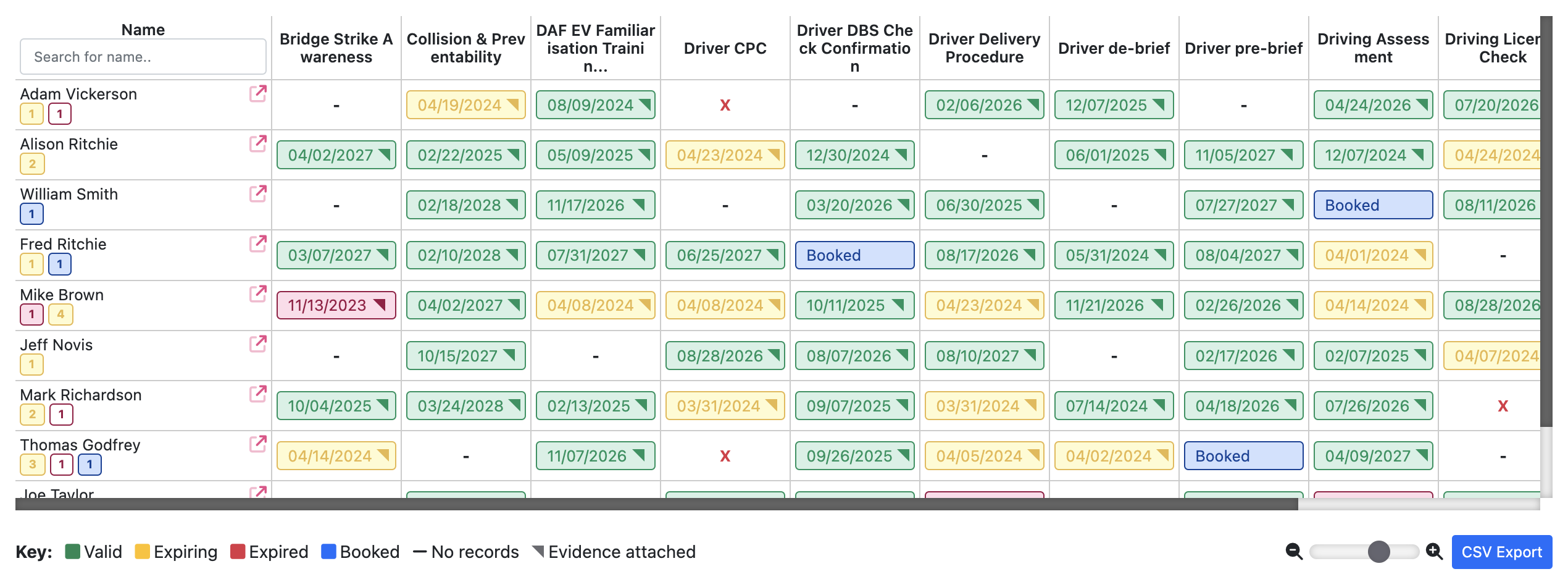In today’s fast-paced business world, organisations must continuously evolve and adapt to stay ahead of the competition. One crucial aspect of this evolution is investing in learning and development strategies to upskill and empower employees. In this article, we’ll take a deep dive into learning and development strategy examples and explore how they can help organisations achieve excellence.
Why is Learning and Development Important?
Learning and development (L&D) is the process of equipping employees with the knowledge, skills, and abilities they need to perform their jobs effectively. It is a crucial aspect of organisational success as it helps employees stay relevant and competitive in their roles.
Attract and Retain Top Talent
In today’s job market, top talent is in high demand. Offering robust learning and development opportunities can help organisations attract and retain the best employees. When employees feel that their organisation is invested in their growth and development, they are more likely to stay with the company long-term.
Increase Employee Engagement and Motivation
Investing in learning and development can also increase employee engagement and motivation. When employees have the opportunity to learn new skills and advance in their careers, they are more likely to be engaged and motivated in their roles. This, in turn, can lead to increased productivity and better overall performance.
Bridge Skill Gaps
As technology and industries continue to evolve, there is a constant need for employees to learn new skills and stay up-to-date with industry trends. Learning and development strategies can help bridge skill gaps and ensure that employees have the necessary skills to perform their jobs effectively.
Learning Pathways: A Key Component of Learning and Development Strategies
Learning pathways are a series of courses, training, and experiences that employees can take to develop specific skills or competencies. They are a crucial component of learning and development strategies as they provide a structured and personalised approach to employee development.
Personalised Learning
One of the main benefits of learning pathways is that they can be tailored to each employee’s individual needs and goals. This personalised approach ensures that employees are learning skills that are relevant to their roles and career aspirations.
Continuous Learning
Learning pathways also promote continuous learning, which is essential in today’s ever-changing business landscape. By providing a structured path for employees to develop new skills, organisations can ensure that their workforce is continuously learning and evolving.
Improved Employee Performance
When employees have a clear path for learning and development, they are more likely to perform better in their roles. Learning pathways provide a roadmap for employees to follow, making it easier for them to identify and work towards specific goals.
Learning and Development Strategy Examples
Now that we understand the importance of learning and development let’s explore some real-world examples of successful learning and development strategies.
Mentorship Programs
Mentorship programs are a great way to foster learning and development within an organisation. They pair experienced employees with newer employees, allowing for knowledge sharing and skill development. Mentorship programs can be formal or informal and can be tailored to specific skills or competencies.
Online Learning Platforms
Online learning platforms, such as Udemy or Coursera, offer a wide range of courses and training programs that employees can take to develop new skills. These platforms are convenient and accessible, making it easy for employees to learn at their own pace. Training management systems like Moralbox.com give you tools to help maintain records and the track the L&D journey of your your employees.
Job Shadowing
Job shadowing is a hands-on learning experience where employees observe and learn from more experienced colleagues. This type of learning can be particularly beneficial for roles that require practical skills, such as sales or customer service.
Cross-Training
Cross-training involves training employees in different roles or departments within the organisation. This type of learning and development can help employees gain a broader understanding of the business and develop new skills that can be applied in their current role.
Implementing a Learning and Development Strategy
To implement a successful learning and development strategy, organisations must follow some best practices.
Identify Skill Gaps
Before implementing a learning and development strategy, it’s essential to identify skill gaps within the organisation. This can be done through employee surveys, performance evaluations, or by consulting with managers and team leaders.
Set Clear Goals and Objectives
To ensure that learning and development efforts are aligned with organisational goals, it’s crucial to set clear goals and objectives. This will help guide the development of learning pathways and ensure that employees are learning skills that are relevant to the organisation.
Utilise Technology
Technology can play a significant role in learning and development strategies. Online learning platforms, learning management systems, and virtual training tools can all be used to deliver effective and efficient learning experiences.
Encourage a Culture of Learning
To truly embed learning and development into an organisation’s culture, it’s essential to encourage a growth mindset and a culture of learning. This can be achieved by recognising and rewarding employees who take the initiative to learn new skills and by providing ongoing support and resources for learning and development.
Real-World Learning and Development Success Stories
Let’s take a look at some real-world examples of organisations that have successfully implemented learning and development strategies.
- Google is known for its innovative and forward-thinking approach to employee development. The company offers a wide range of learning and development opportunities, including online courses, mentorship programs, and job shadowing. Google also encourages a culture of learning by providing employees with 20% of their time to work on personal projects and learn new skills.
- Airbnb has a unique approach to learning and development, with a focus on peer-to-peer learning. The company offers a program called “Airbnb University” where employees can teach and learn from each other. This approach not only promotes continuous learning but also fosters a sense of community and collaboration within the organisation.
Conclusion
Learning and development is a crucial aspect of organisational success. By investing in learning and development strategies, organisations can attract and retain top talent, increase employee engagement and motivation, and bridge skill gaps. By following best practices and learning from real-world success stories, organisations can create a culture of learning and achieve excellence.
Further Reading
The CIPD factsheet on learning and development strategy and policy provides a comprehensive overview of how to create and implement L&D strategies and policies to support organisational performance. It also discusses the role of stakeholders in organisational L&D and practical aspects of implementing an L&D strategy. For further details, check out: Go to CIPD article
McKinsey provides a detailed exploration of the essential components of a learning and development strategy, emphasising the strategic role of L&D in organisational success. The article discusses how L&D can contribute to creating a values-based culture, enhancing an employer’s brand, and motivating employees through lifelong learning opportunities. For more information, visit: https://www.mckinsey.com/business-functions/people-and-organizational-performance/our-insights/the-organization-blog/essential-components-of-a-learning-and-development-strategy
John is our co-founder and is responsible for software design and development and loves helping people solve problems using innovative software.






